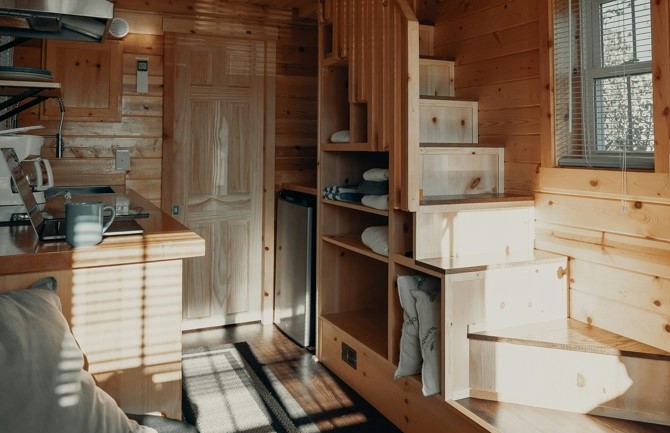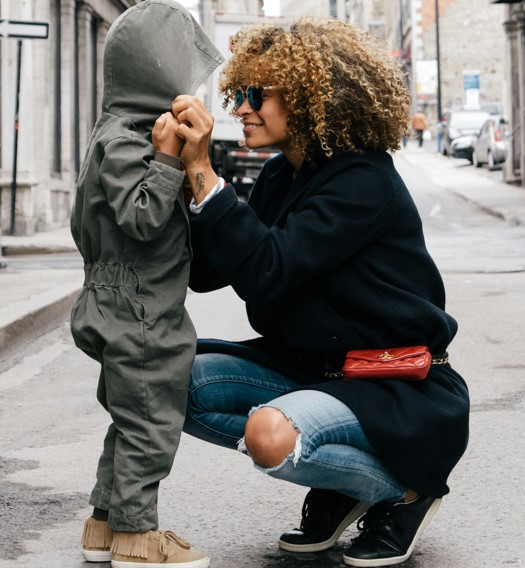Can We Afford To Return To The Office?

May 25 | 2022

Over two years into the most momentous event in our lives the world has changed forever … Some of us have PTSD from being locked up at home, some are living like everything’s going to end tomorrow, and the rest of us are merely trying to get by. When the pandemic hit we entered a perpetual state of vulnerability, but now we’re supposed to return to normal and just get on with our lives.
What does that mean? Packed bars, concerts, and grocery shopping without a mask feel strange. We got used to having more rules over our everyday life, considering if we really had to go out or keeping Zooming from our living rooms in threadbare pajama bottoms.
The work-from-home culture changed it all. Initially, companies were skeptical about letting employees work remotely, automatically assuming work output would fall and so would the quality. To the contrary, since March of 2020 productivity has risen by 47%, which says it all. Employees can work from home and still deliver results.
There are a number of reasons why everyone loves the work from home culture. We gained hours weekly that were wasted on public transport, people saved a ton of money, and could work from anywhere in the world. Then there were the obvious reasons like wearing sweats or loungewear all week long and having your pets close by. Come on, whose cat hasn’t done a tap dance on your keyboard in the middle of that All Hands Call!
Working from home grants the freedom to decorate your ‘office’ any way you want. But then people needed a change of environment. Companies began requesting their employees’ RTO, thus generating the Hybrid Work Model — a blend of in-person and virtual work arrangements. Prior to 2020, about 20% of employees worked from home, but in the midst of the pandemic, it exploded to around 70%.
Although the number of people working from home increased and people enjoyed their flexibility, politicians started calling for a harder RTW policy. President Joe Biden urges us with, “It’s time for Americans to get back to work and fill our great downtowns again.”
While Boris Johnson said, “Mother Nature does not like working from home.” It wasn’t surprising that politicians wanted people back at their desks due to the financial impact of working from the office. According to a report in the BBC, US workers spent between $2,000 – $5,000 each year on transport to work before the pandemic.
That’s where the problem lies. The majority of us stopped planning for public transport, takeaway coffee, and fresh work-appropriate outfits. We must reconsider these things now, and our wallets are paying
the price. Gas costs are at an all-time high, making public transport increase their fees; food and clothes are all on a steep incline. A simple iced latte from Dunkin’ went from $3.70 to $3.99 (which doesn’t seem like much but 2-3 coffees a day with the extra flavors and shots add up to a lot), while sandwiches soared by 14% and salads by 11%.
This contributes to the pressure employees feel about heading into the office. Remote work may have begun as a safety measure, but it’s now a savings measure for employees around the world.
Bloomberg are offering its US staff a $75 daily commuting stipend that they can spend however they want. And other companies are doing the best they can. This still lends credence to ‘the great resignation.’ Initially starting with the retail, food service, and hospitality sectors which were hard hit during the pandemic, it has since spread to other industries. By September 2021, the US Bureau of Labor Statistics reported 4.4 million resignations.
That’s where the most critical question lies…work from home, work from the office or stick to this new hybrid world culture?
Borris Johnson thinks, “We need to get back into the habit of getting into the office.” Because his experience of working from home “is you spend an awful lot of time making another cup of coffee and then, you know, getting up, walking very slowly to the fridge, hacking off a small piece of cheese, then walking very slowly back to your laptop and then forgetting what it was you’re doing.”
While New York City Mayor Eric Adams says you “can’t stay home in your pajamas all day.”
In the end, does it matter where we work if efficiency and productivity are great? We’ve proven that companies can trust us to achieve the same results — or better! — and on time with this hybrid model. Employees can be more flexible, which boosts satisfaction, improves both productivity and retention, and improves diversity in the workplace because corporations can hire through the US and indeed all over the world.
We’ve seen companies make this work in many ways, through virtual lunches, breakout rooms, paint and prosecco parties, and — the most popular — trivia nights.
As much as we strive for normalcy, the last two years cannot simply be erased. So instead of wiping out this era, it’s time to embrace the change and find the right world culture for you.










